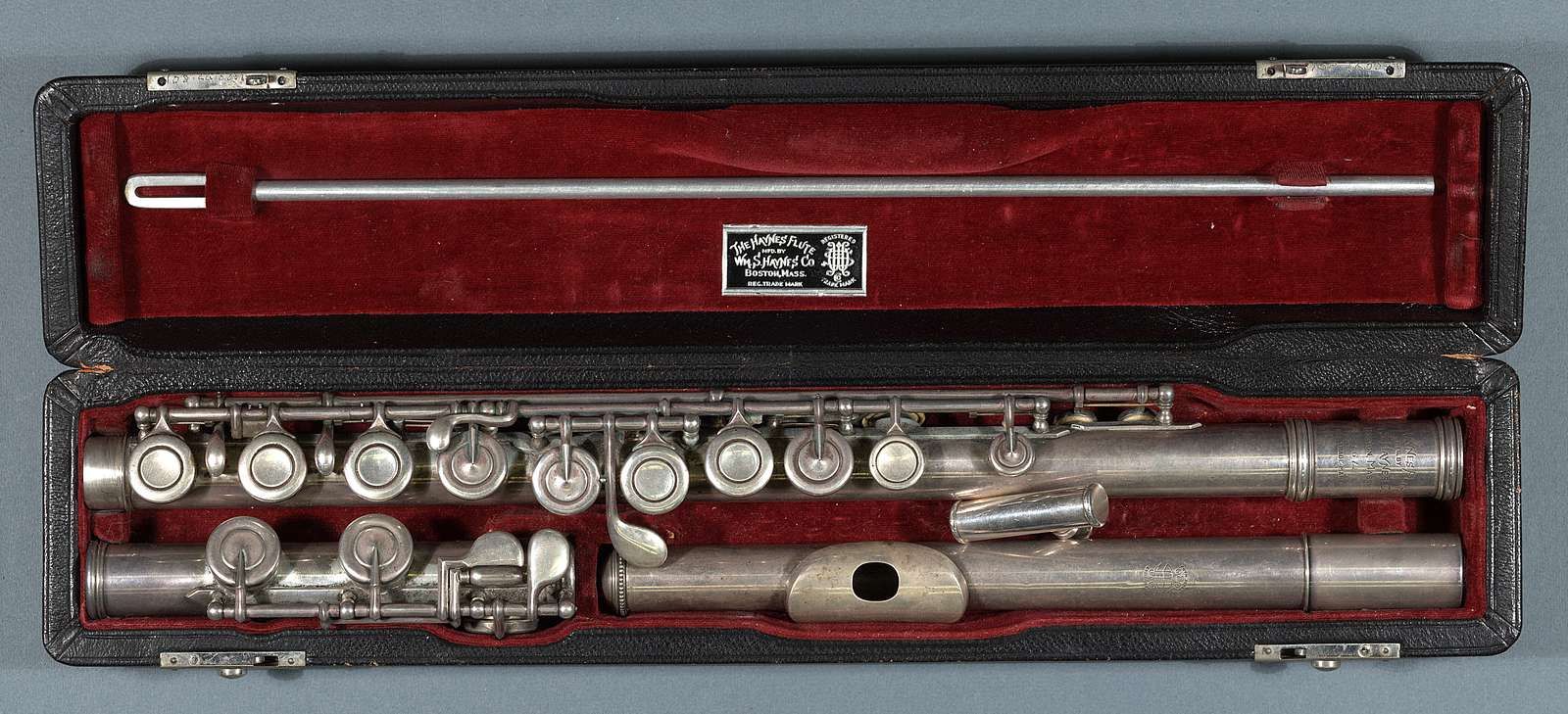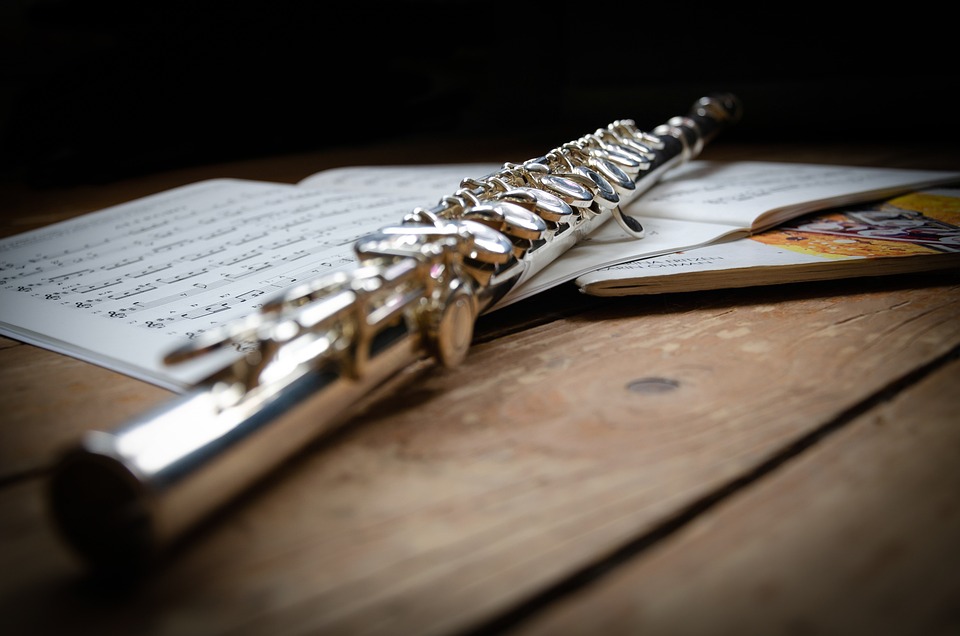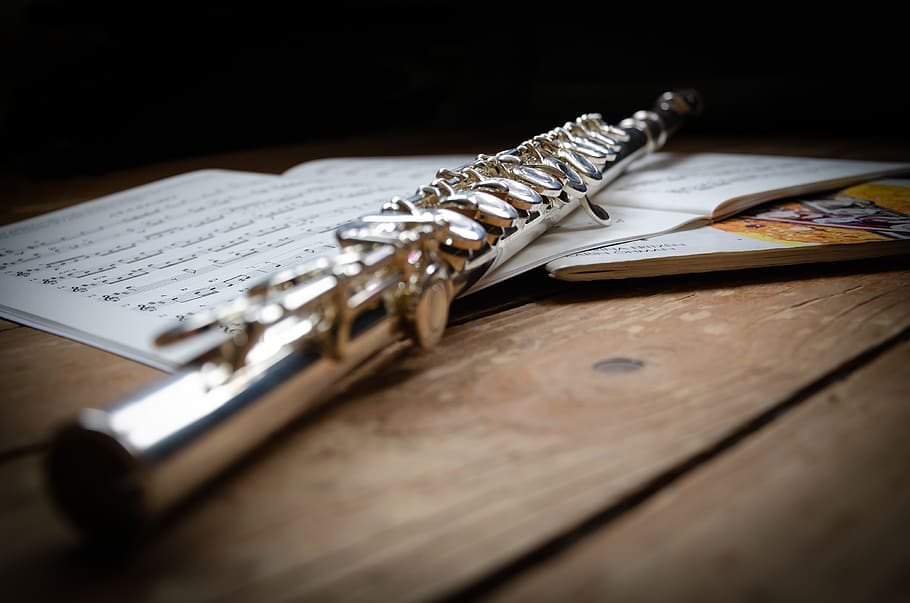The Wm. S. Haynes story begins back in 1888 when William Sherman and George Haynes made their first flute in Boston. The brothers initially worked as jewelers, but at the request of a member of the Boston Symphony they made a flute. The flute was wooden, as were all of their other flutes at the time. 1888 also marked the establishment of the Wm. S. Haynes Company.
Ten years later, George invented a new manufacturing technique for a drawn tone hole on an alto flute. In 1913, he developed another technique for drawing tone holes that corrected a previous design flaw. It that same year, Verne Q. Powell was employed by Haynes and eventually became the company director.

George Barrere, the principal flutist with the New York Symphony, joined the company in 1918 as an artist advisor. Together, he and William developed the American version of the French Model, the open-tone hole flute. A few years later, Wm. S. Haynes opened a showroom in Manhattan, and physicist, astronomer, acoustician, and amateur flutist Dayton C. Miller began his relationship with the company.
Wm. S. Haynes expanded their instrument line in 1926 with the release of their silver clarinet. In 1935, the company continued to grow and become known as a top-model brand. The first American-made platinum flute was created within this year, and Edgar Varese wrote Density 21.5 for Barrere to debut his new platinum flute.
The first 506 flutes made by the Haynes brothers bear the JC Haynes “Bay State Flute Company” name. The first Wm. S. Haynes Co. flute is #507. The brothers agreed to enshrine the start date for the Wm. S. Haynes Company as 1888.

In 1949, the company switched from using sterling silver to using coin silver. Phillip Kaplan, second flutist in the Boston Symphony and Boston Pops Orchestra, was hired on as the second artistic advisor in 1957.
By the 1960s, Wm. S. Haynes was averaging 1,000 instruments per year. Owner Lewis Deveau and flutist Phillip Kaplan developed the Deveau scale in 1981. Headjoint designs saw a major change in this year, including the design of a lip plate.
The Eastman Music Company purchased the Wm. S. Haynes company in 2004. Six years later, the company moved to a state-of-the-art facility in Acton, MA.
In 2012, Haynes introduced a new fully pinless mechanism that became standard in all custom flutes.
According to wmshaynes.com; makingmusicmag.com. Source of photos: internet








